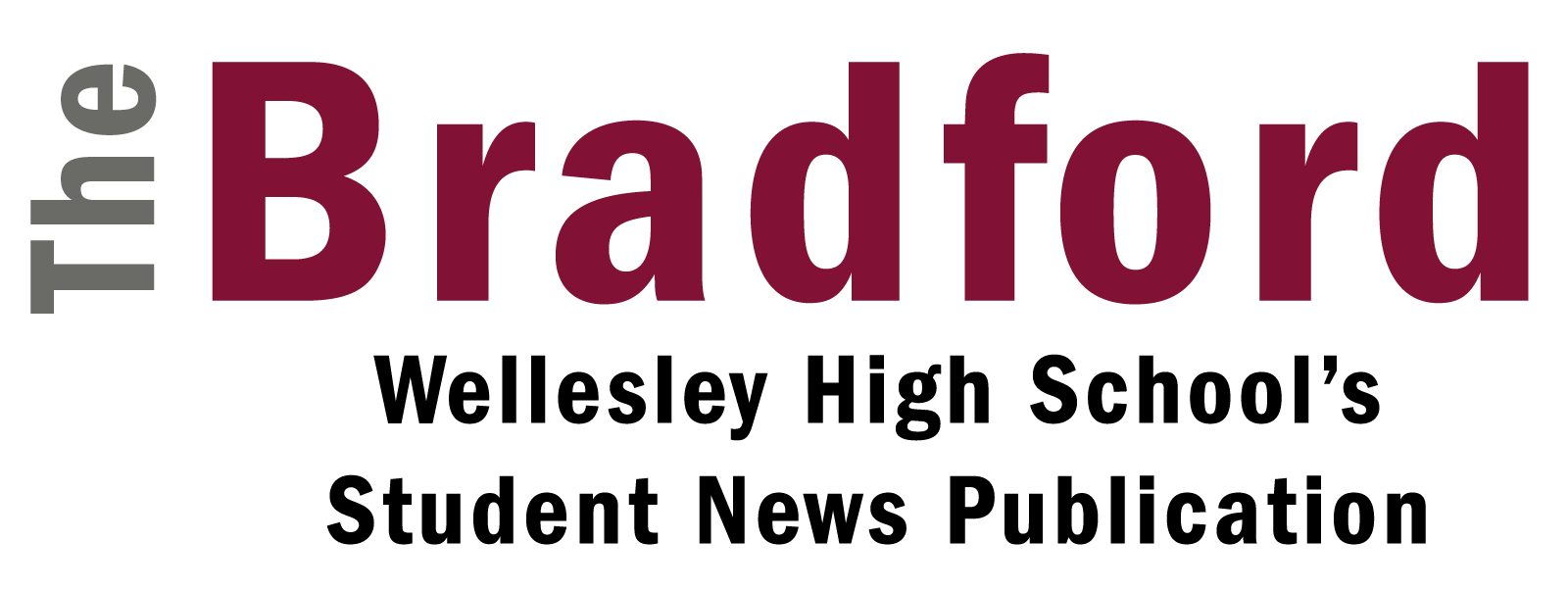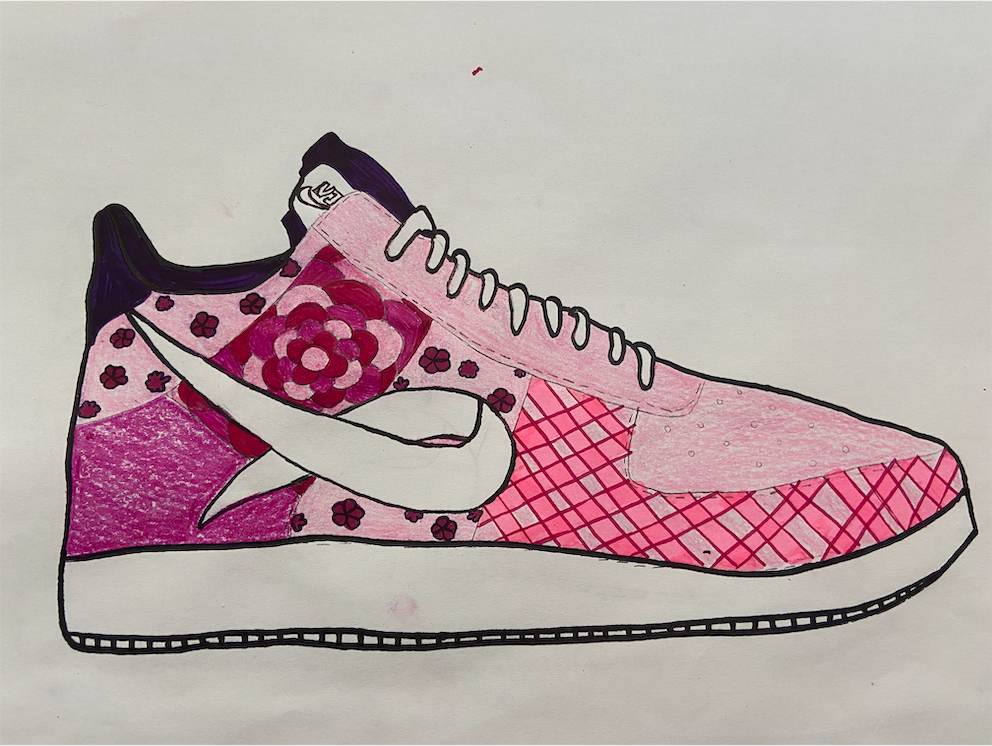On December 8, Evolutions students presented their second project, Design with a Why, to a panel of judges. Students were split into groups, and the goal of the project was to find a cause that everyone in the group wanted to research and then create a design of a shoe that best represents the aspects and values of that cause. In the end, the students pitched their work to a panel of experts explaining their cause, their shoe, and their campaign.
The panelists included people whose jobs revolve around designing clothes and shoes. The judges included Tami Mason, the vice president of marketing at YORK Athletics, an independent shoe company located in Boston; Dr. Caroline Daniels, the director of fashion design and entrepreneurship department at Babson, and Matt Bart, one of Professor Daniels’ former students who graduated from Babson last year and now runs a sneaker company startup in California.
After the students pitched their products, the judges invited the students to do a Q&A about their pitch and then gave them feedback on their product in general.
Audrey Martin ’22 and her group researched breast cancer for their project. Their shoe was inspired by Nike Air Force 1’s and had the signature Pink Ribbon that symbolizes Breast Cancer, on the shoe, in place of Nike’s iconic “swoosh.” Martin was excited to receive feedback.
“Matt Bart said that he liked our shoe design a lot. Tami Mason liked the statistics that we used. One of our statistics was ‘1 in 8 women would have breast cancer.’ The judges found that really motivating,” said Martin.
Additionally, each group had to align their project with a celebrity. Martin and her group chose Chuanté Lowe, a four-time Olympian training for her fifth Olympics, who was diagnosed with Breast Cancer in January.
Halfway through their design and research process, Evolutions’ in-class work time was cut short for the high school to go remote due to a spike in positive COVID-19 cases, meaning that everyone had to transfer their work to an online setting. Although many of the Evolutions teachers were prepared for this change, there was still a possibility that many students could fall behind on their work.
“I think some teams definitely found having a mixed group is really hard. It is one thing when you are all working together, you can bounce ideas off each other in person, just knowing everyone is there, working, versus, if everyone has their screens go off, they just miss certain things. It’s the reality of what we had to work with. All in large, teams either had to figure it out how to manage it and get to the finish line or they were really like next time, what they might do differently, ” said Evolutions program director, Thomas Henes.

